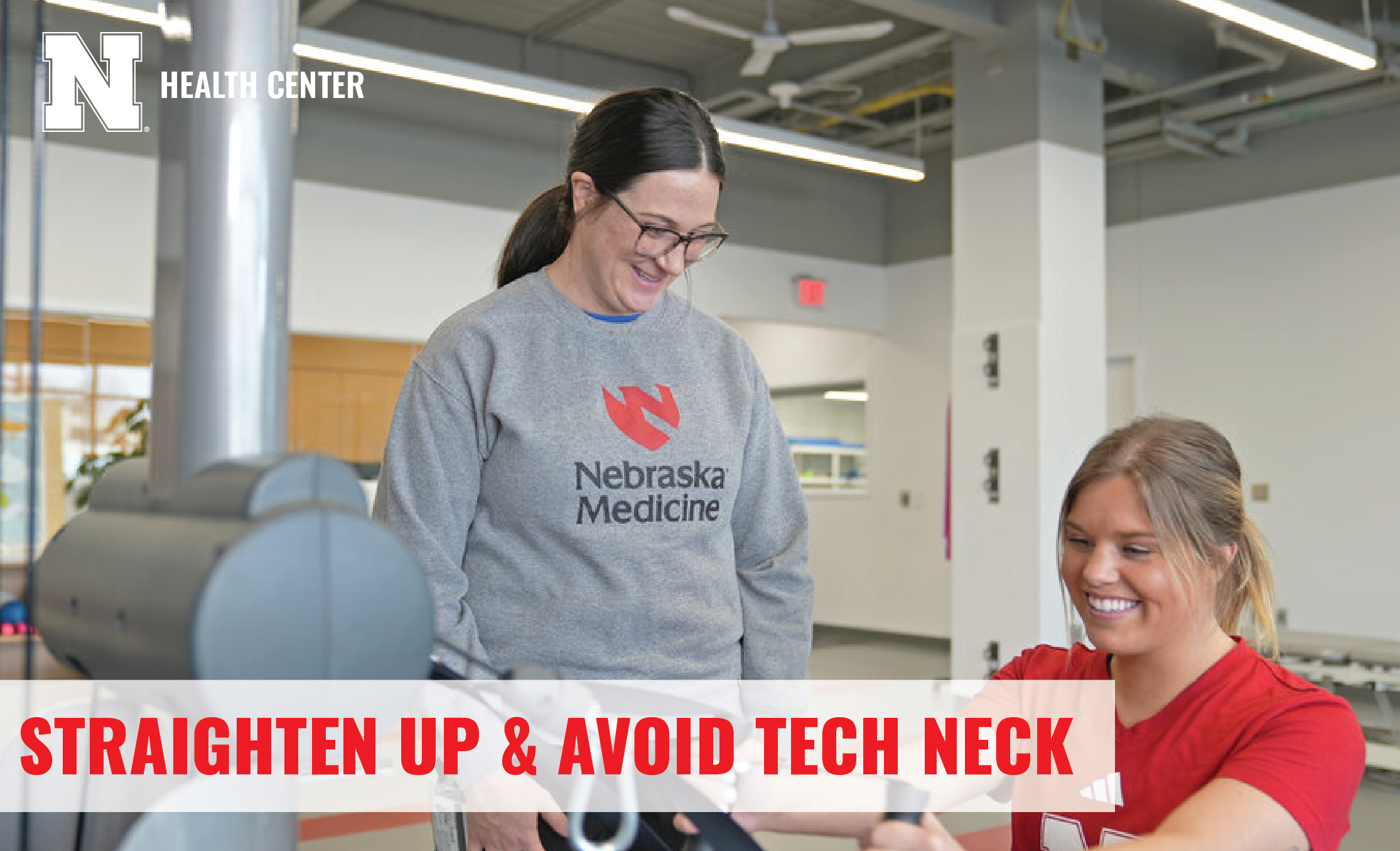
Spending hours hunched over a laptop or scrolling through your phone may seem harmless, but over time, poor posture can lead to discomfort and even long-term health problems. If you’ve been dealing with headaches, pain, or constant fatigue, your posture might be to blame.
Signs of bad posture
Common signs of bad posture include:
Pain in the upper back, mid-back, or neck.
Frequent headaches.
Fatigue.
Rounded shoulders, where the shoulders naturally rest forward rather than aligning with your body.
What causes poor posture?
Several factors can lead to poor posture, including:
Muscle imbalances: Tight, weak, or overactive muscles can pull your body out of alignment.
Prolonged poor positioning: Repetitive habits like cradling a phone between your ear and shoulder, or constantly looking down at a screen can place excessive stress on your neck and upper back, a condition called “tech neck.”
Weak core muscles: A weak core can cause instability and poor spinal alignment.
Stress: Tension and muscle tightness can worsen posture issues.
Inactivity: A sedentary lifestyle can lead to muscle fatigue and improper posture.
Unsupportive footwear: Shoes without proper support can negatively impact your posture and may contribute to pain and discomfort.
Genetics: Some people are more prone to posture issues, and extra weight can place extra strain on the body, which leads to bad posture.
What happens if you ignore bad posture?
Bad posture can lead to long-term pain, stiffness, muscle weakness, and mobility issues. Over time, these problems can impact daily activities and overall well-being.
Can physical therapy fix bad posture?
Physical therapy is a great way to improve posture, but it’s just one piece of the puzzle. Other steps, such as adjusting daily habits, reducing screen time, staying active, and managing stress, can also make a big difference.
Easy ways to improve posture in the classroom and at home
Change positions often to avoid prolonged poor posture.
Keep shoulders down and back, with your head and neck in line with your shoulders.
Lift weights with good form and train various muscle groups to prevent imbalances.
Stretch regularly to ease muscle tightness.
When to see a physical therapist
If you’re experiencing pain or are concerned about your posture, a physical therapist can help. They will assess your strength, range of motion, flexibility and movement patterns to develop a personalized treatment plan.
Need help?
Our physical therapy team is here to support you. Schedule an evaluation today to start improving your posture and reducing pain. Call 402.472.5000 to schedule an appointment.
More details at: https://health.unl.edu/physical-therapy/